Lee
and Karen Duquette, The Two RV Gypsies explored Cabrillo National Monument 1800 Cabrillo Memorial Drive San Diego, CA 92106-3601 May 23, 2015 |
 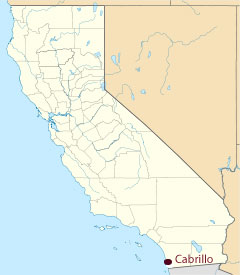 |
|
|
The area encompassed by the national monument includes various former military installations, such as coastal artillery batteries, built to protect the harbor of San Diego from enemy warships. Many of these installations can be seen while walking around the area. A former army building hosts an exhibit that tells the story of military history at Point Loma. |
|
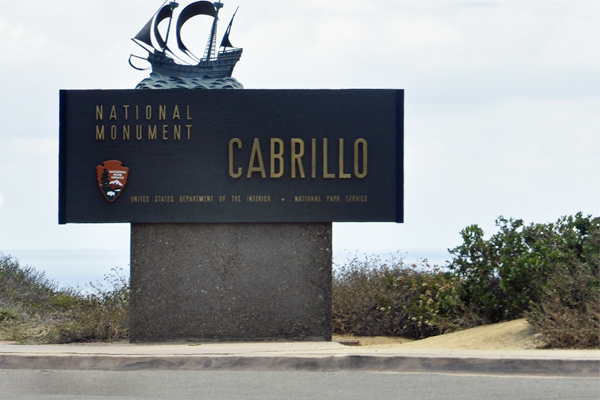 |
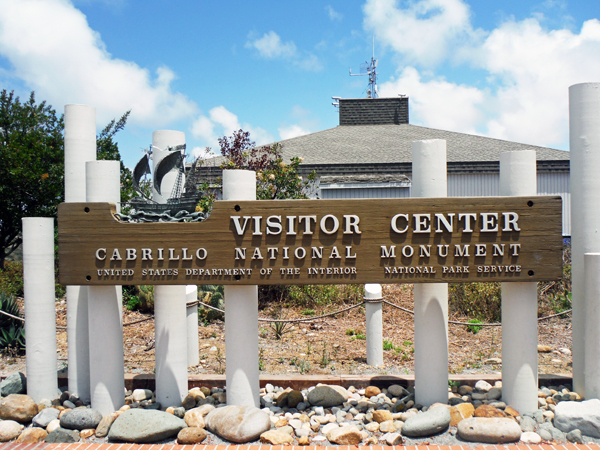 |
The Visitor Center offers a place to purchase souvenirs and learn about the park's history. The center also allows visitors the chance to communicate with Park Rangers and volunteers. Visitors can learn the day's weather readings, the time of low tide, get a National Park Passport stamped, visit the Age of Exploration exhibit, and learn the times for ranger talks/guided tours and auditorium showings. The auditorium offers several showings a day, and features three different films including: In Search of Cabrillo, On the Edge of Land and Sea, and First Breath: Gray Whales.Cabrillo National Monument also hosts a "Junior Ranger" program in which children can earn a Junior Ranger badge by exploring the park and filling out an activity sheet. |
|
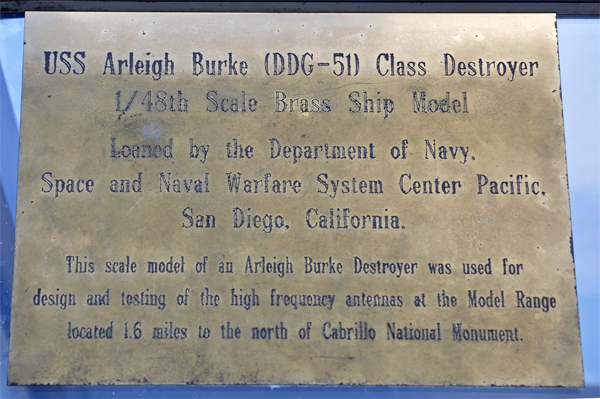 |
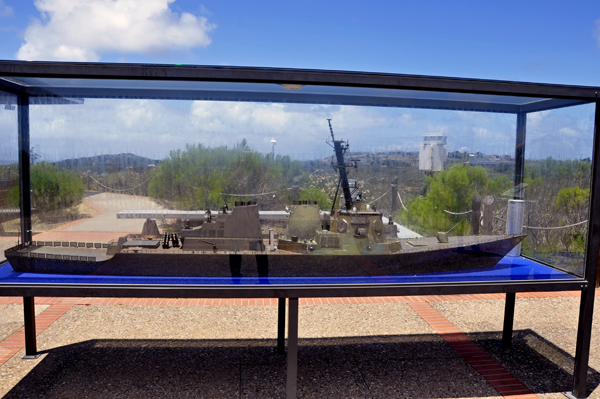 |
 |
|
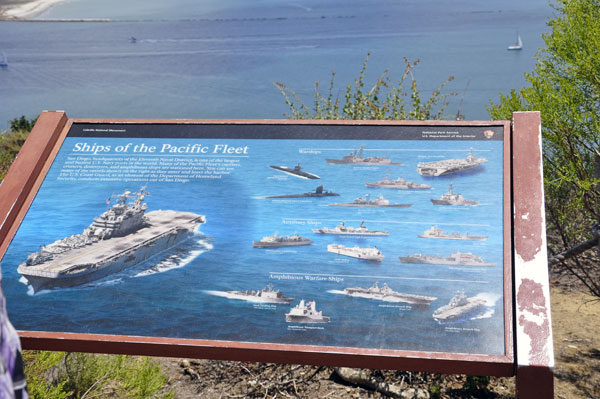 |
|
Lee and Karen Duquette began their walking tour on the patio behind the Visitor Center. Below is Ballast Point, the small spit of land where Cabrillo is believed to have come ashore. |
|
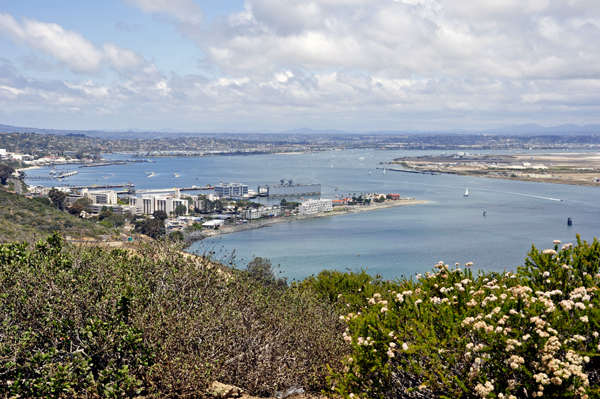 |
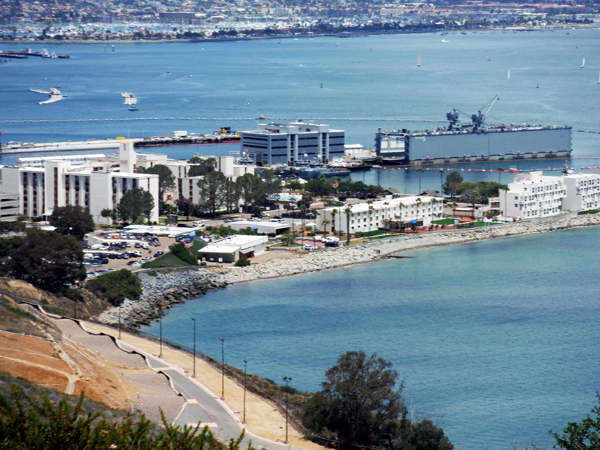 |
Below: Harbor views taken from behind the Visitor Center. |
|
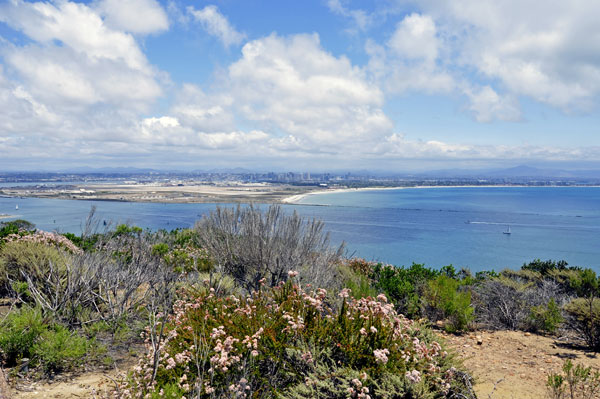 |
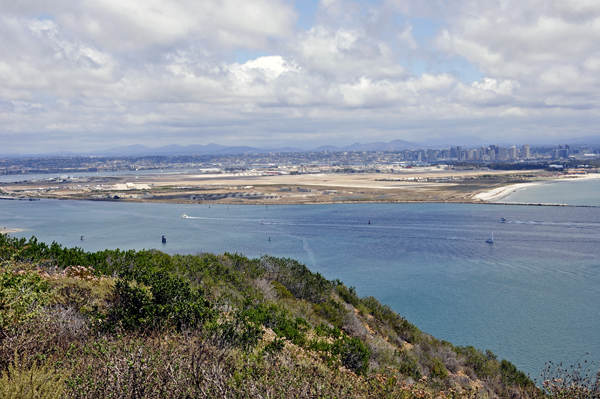 |
Below: Leaving the Visitor Center, Lee and Karen Duquette walked a few feet to the right. A series of plaques helped them to identify dozens of the naval warships, auxiliary ships, planes, and helicopters that can sometimes be seen around the harbor. |
|
 |
|
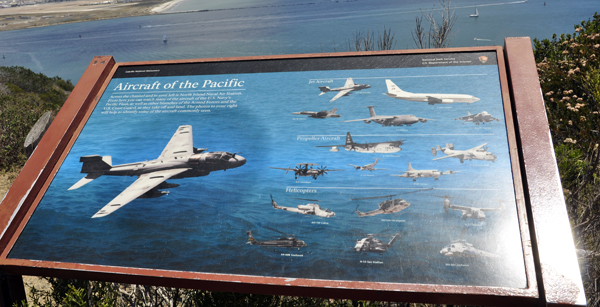 |
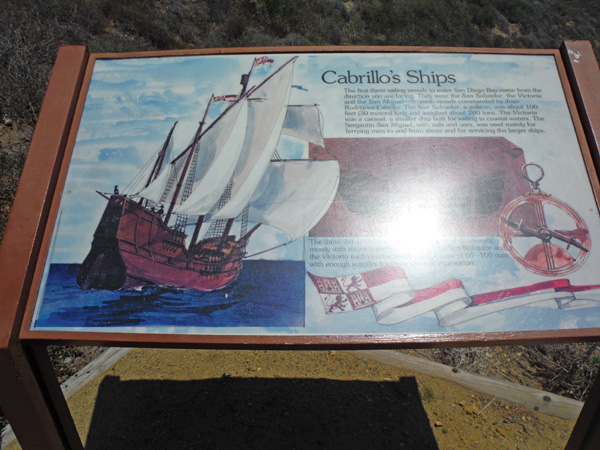 |
Below: A long distance view |
Below: A zoomed in view of the |
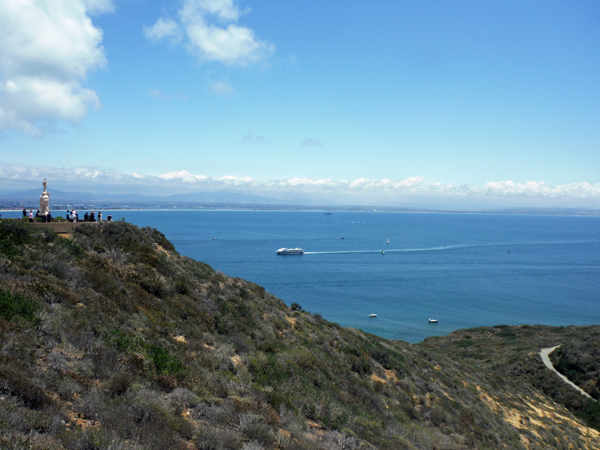 |
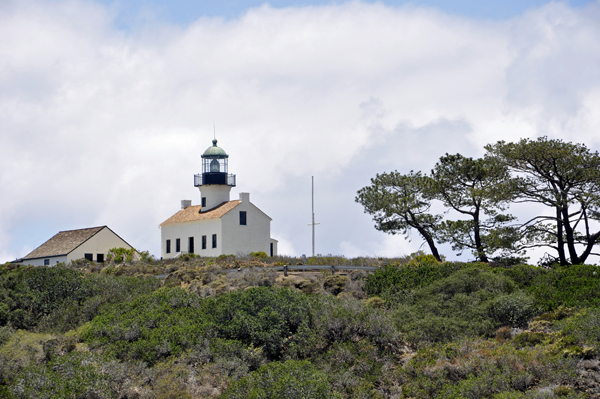 |
Below: The Cabrillo Statue |
|
|
|
 |
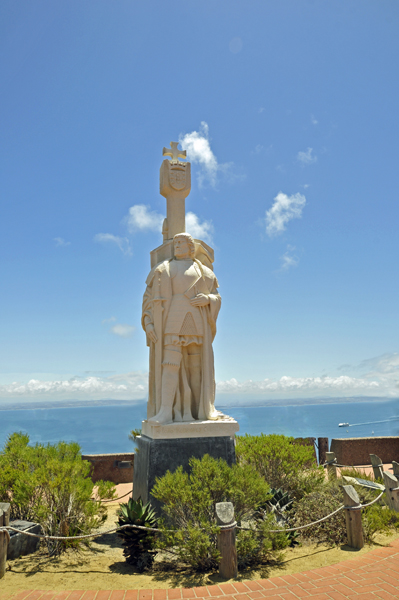 |
Below: Behind the statue shown above, Lee and Karen Duquette enjoyed a most magnificent view of the bay. |
|
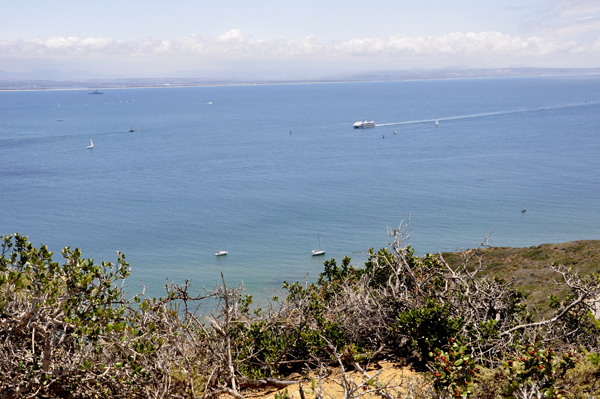 |
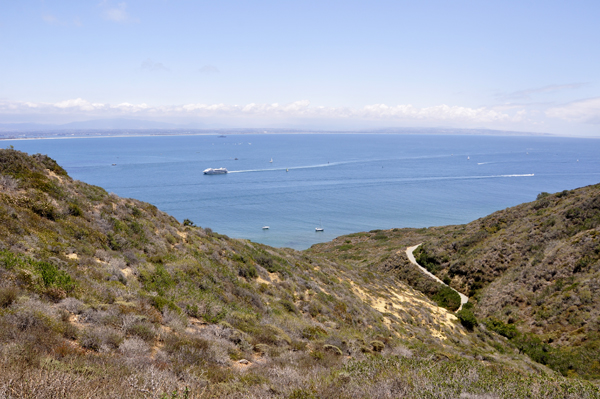 |
Below: Then Lee and Karen Duquette took a short walk to the Coast Defense Exhibit. |
|
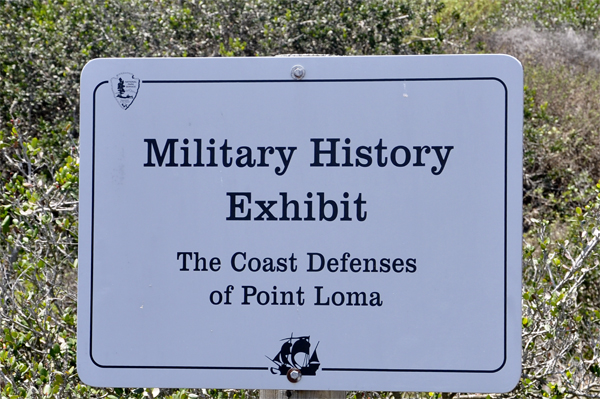 |
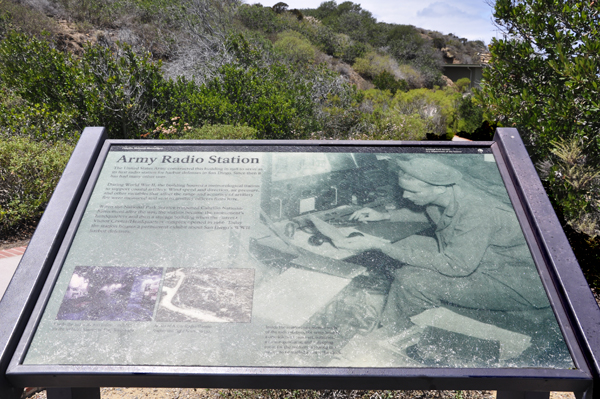 |
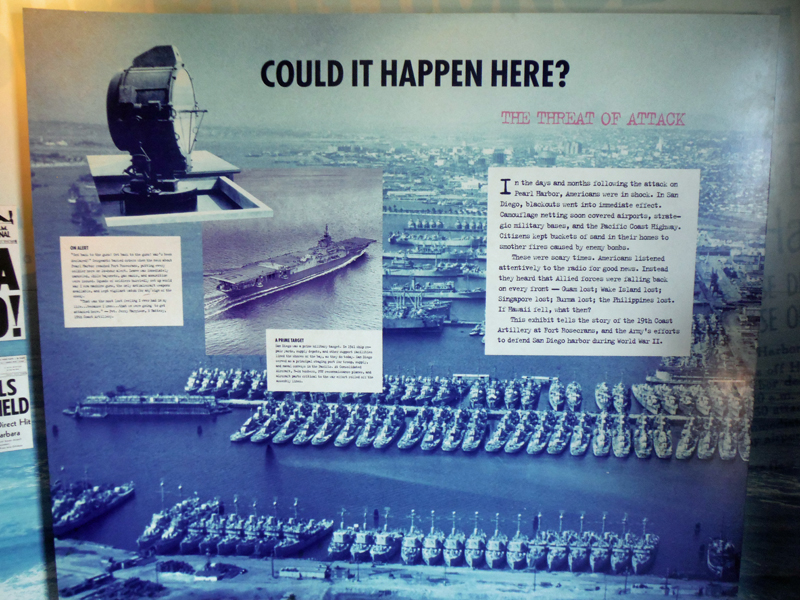 |
|
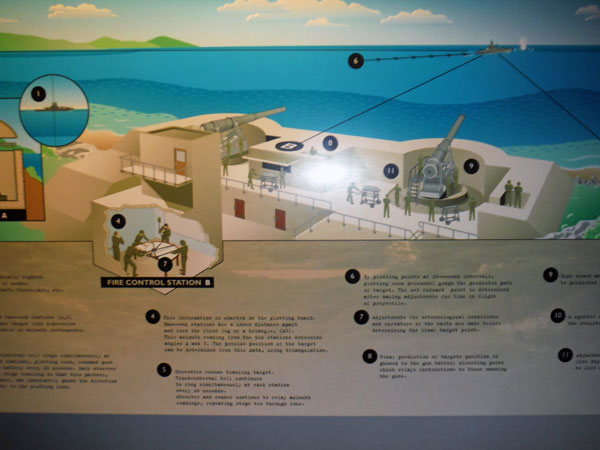 |
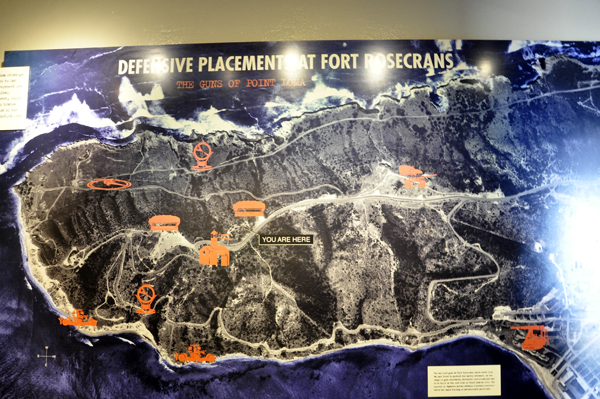 |
Below: Lee and Karen Duquette headed up a short set of stairs to see some magnificent views of the surrounding area. |
|
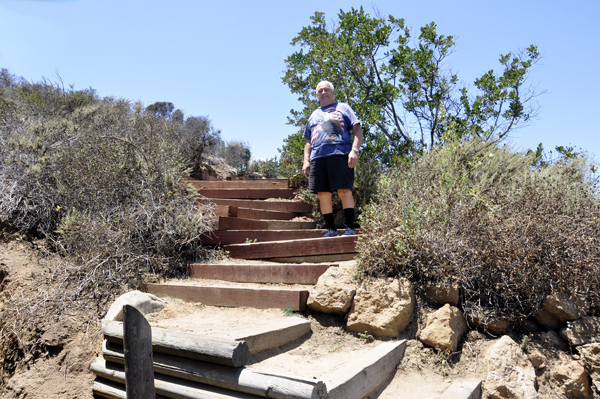 |
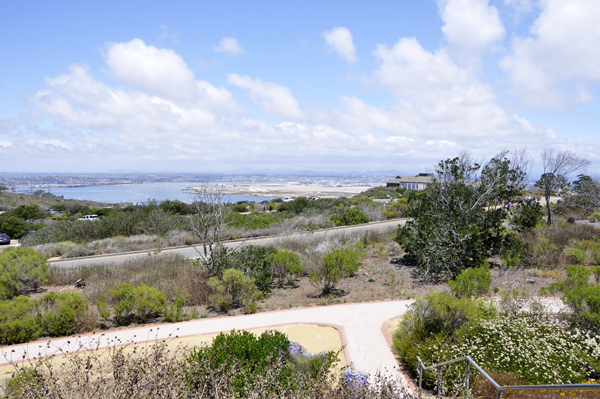 |
 |
|
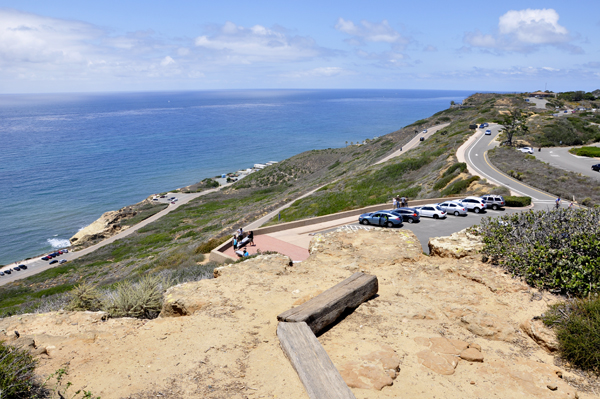 |
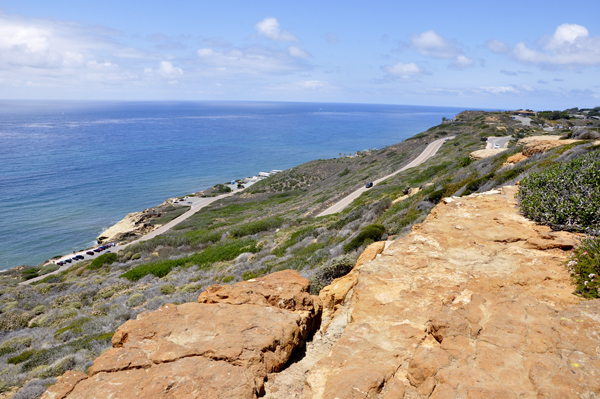 |
Below: Lee and Karen Duquette, The Two RV Gypsies, approached the Old Point Loma Lighthouse and the Assistant Keepers' quarters. |
|
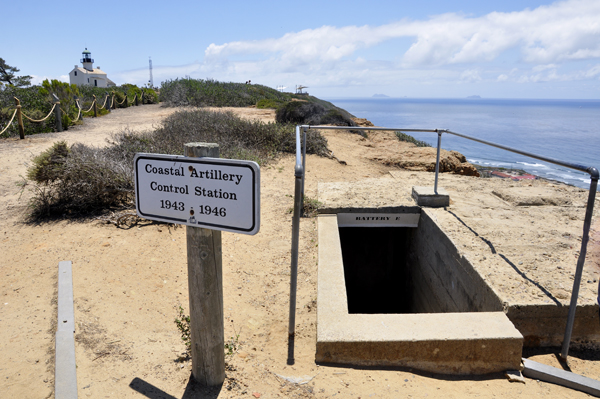 |
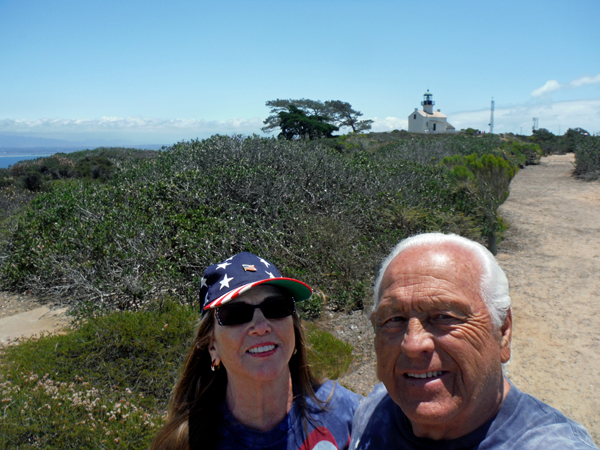 |
The Old Point Loma Lighthouse is the highest point in the park and has been a San Diego icon since 1855. The lighthouse was closed in 1891, and a new one opened at a lower elevation, because fog and low clouds often obscured the light at its location 422 feet above sea level. The old lighthouse is now a museum, and visitors may enter it and view some of the living areas there. |
|
|
|
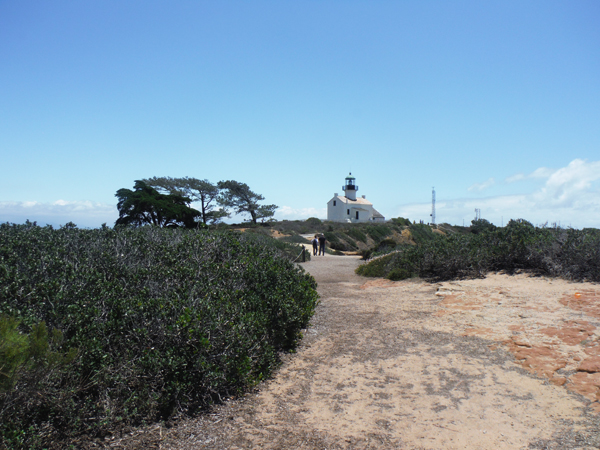 |
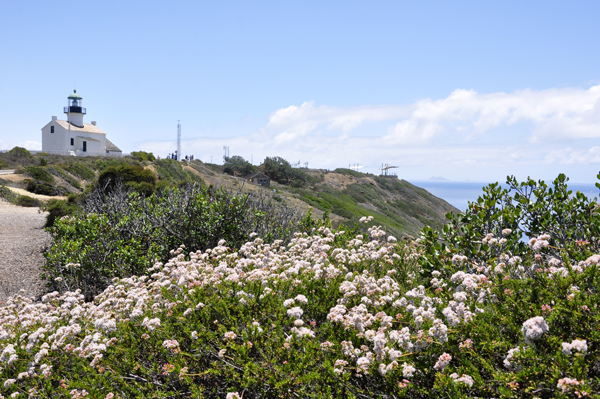 |
Trivia Question: Did you know that the Old Point Loma Lighthouse at Cabrillo National Monument was one of the first lighthouses on the West Coast? |
|
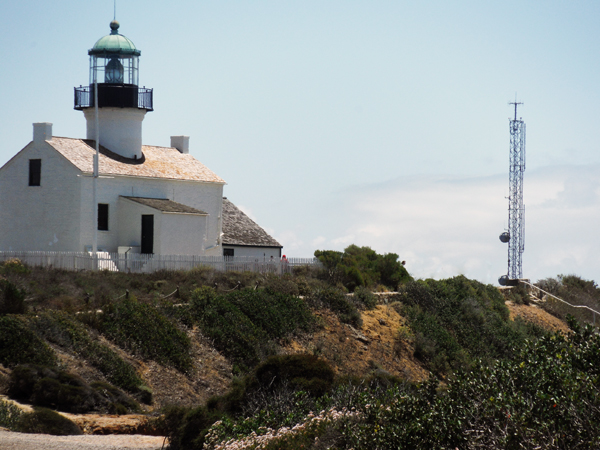 |
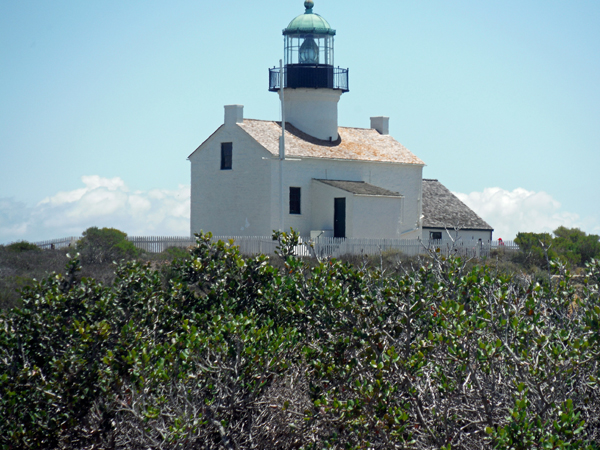 |
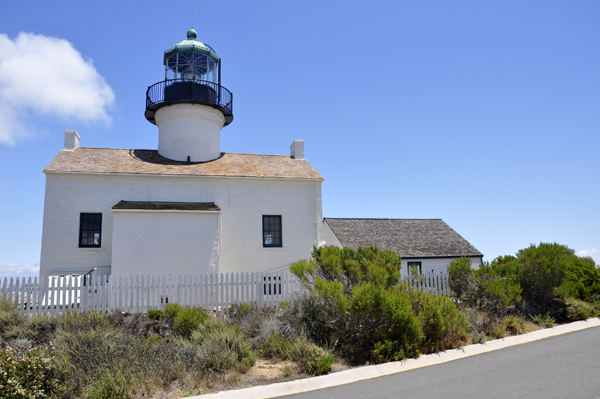 |
|
Below: There was a little garden growing behind the lighthouse. Karen Duquette liked the display of Artichoke. |
|
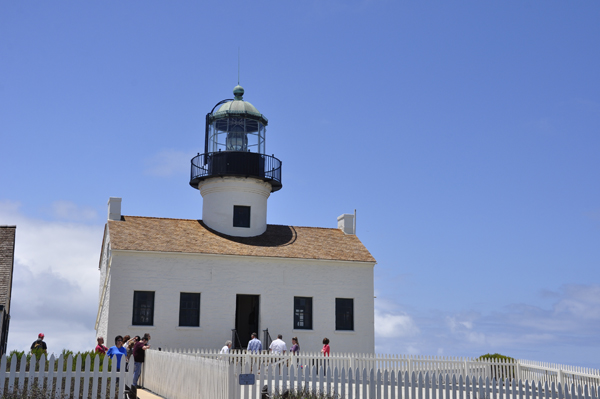 |
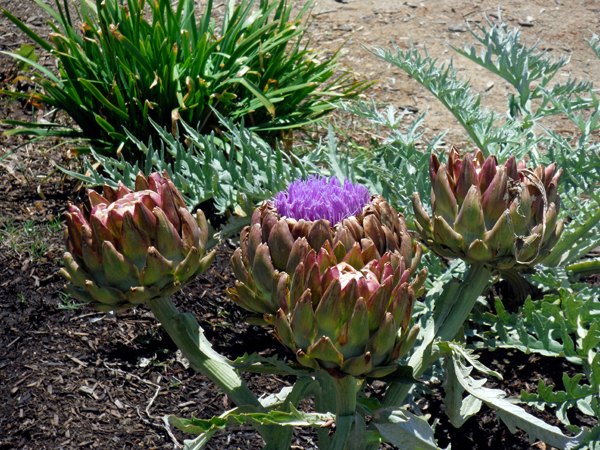 |
|
|
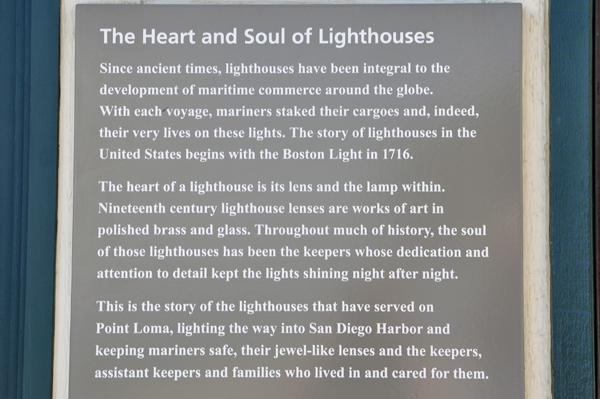 |
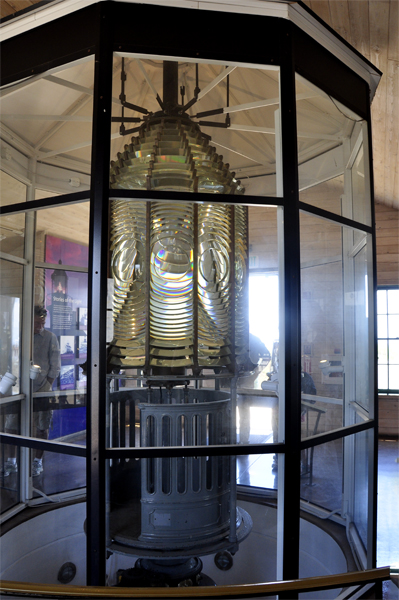 |
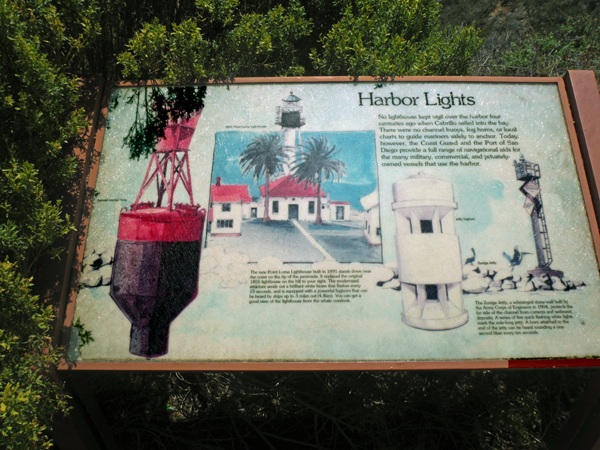 |
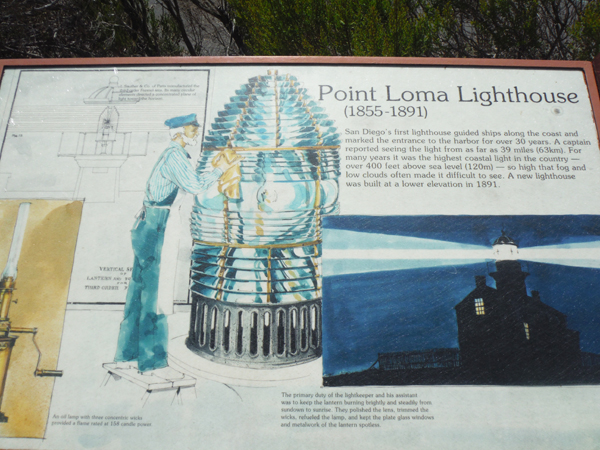 |
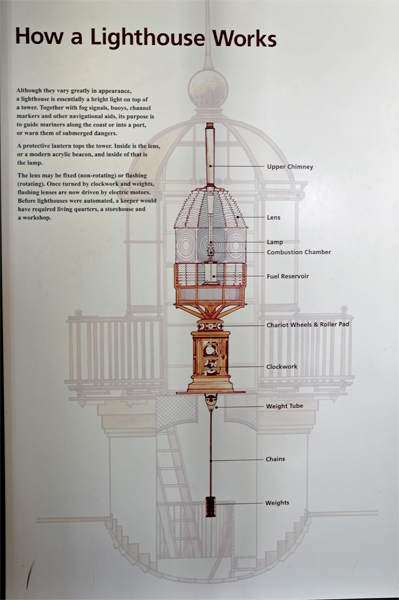 |
|
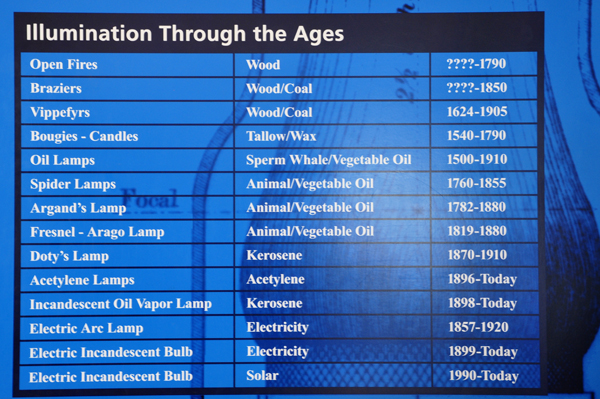 |
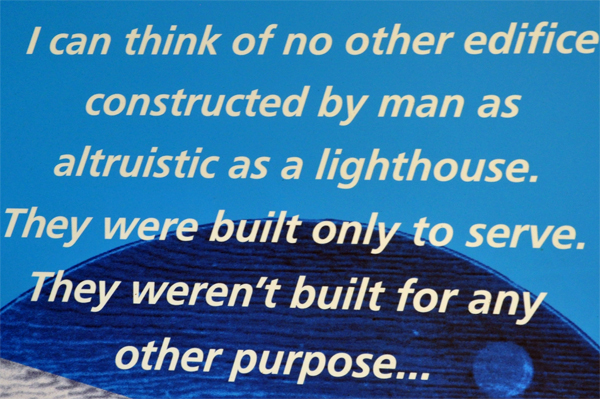 |
Below: Behind the lighthouse, an employee was lighting a match using a magnifying glass. Yes, that is a real person. |
|
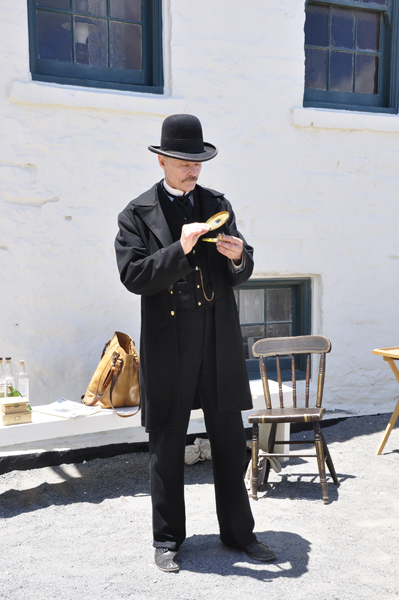 |
|
Below: There were many informative signs about the lighthouse and lens. |
|
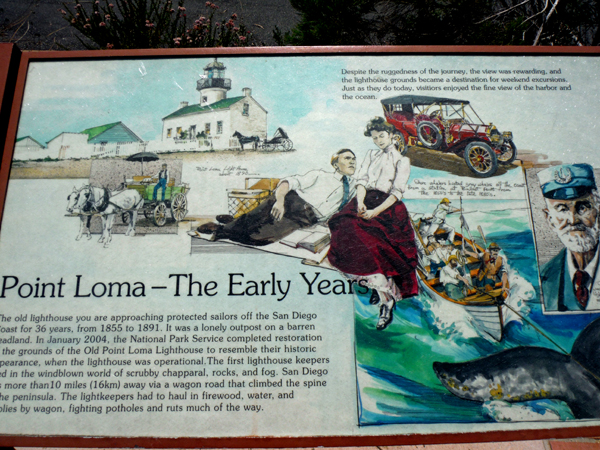 |
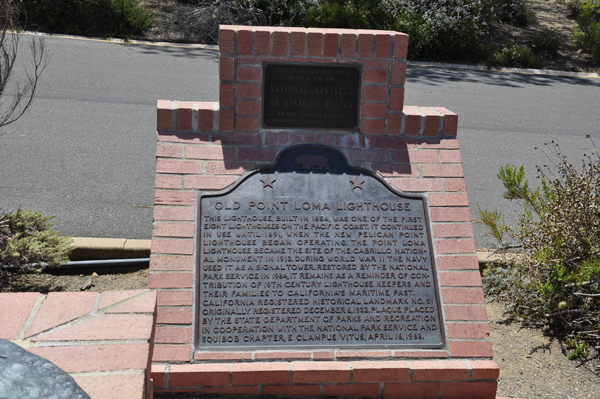 |
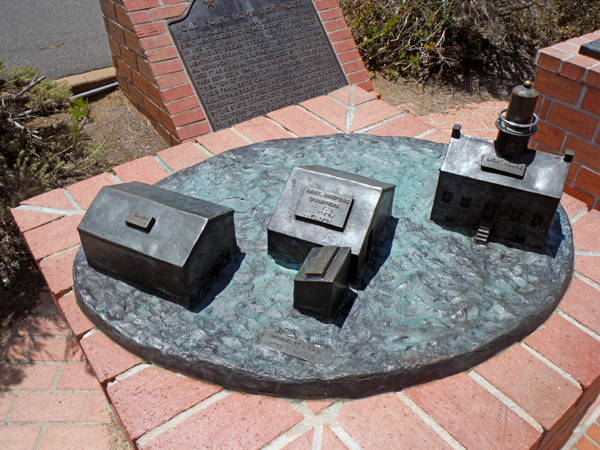 |
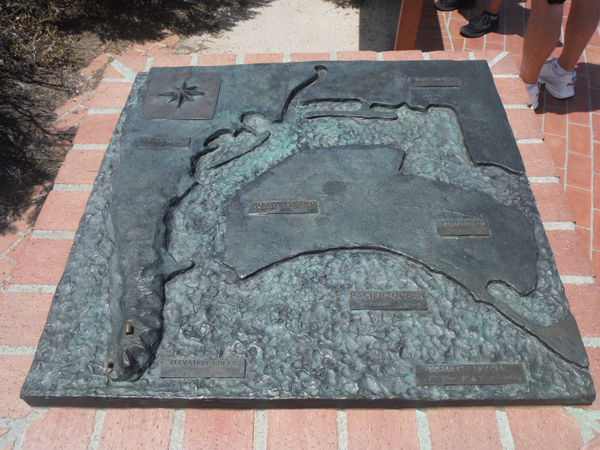 |
Below: Lee and Karen Duquette reached a path where they enjoyed a view of the Pacific Ocean as they made their way south to Whale Overlook. |
|
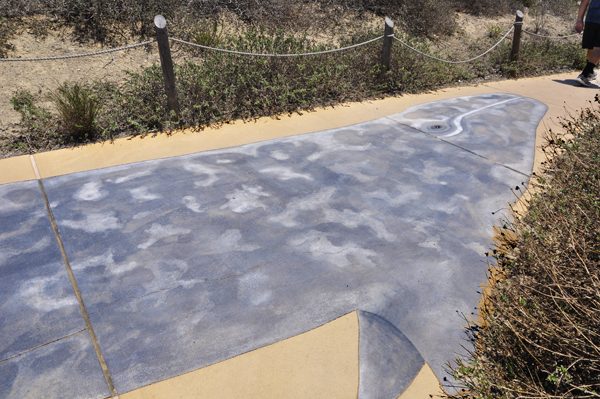 |
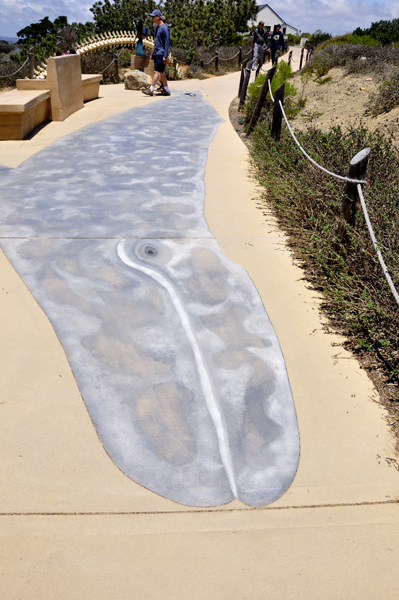 |
Every winter the Gray Whales migrate from the Bering Sea and the Chukchi Sea, between Alaska and Siberia, to their breeding grounds in the warm, shallow lagoons of Baja California and mainland Mexico. As late as the 1800's, female whales calved in San Diego Bay as well, which partly explains why whaling was a significant San Diego enterprise in the second half of the 19th Century. |
|
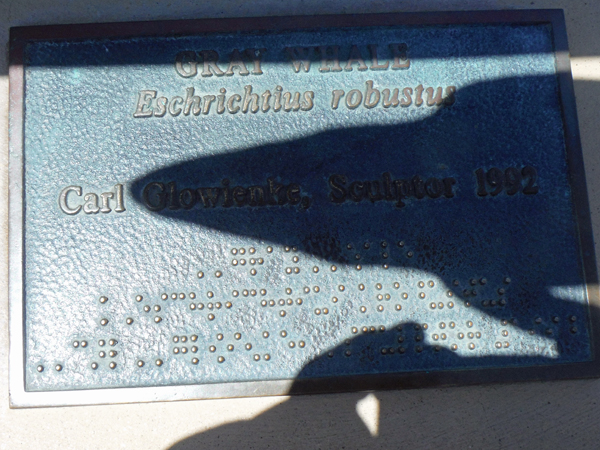 |
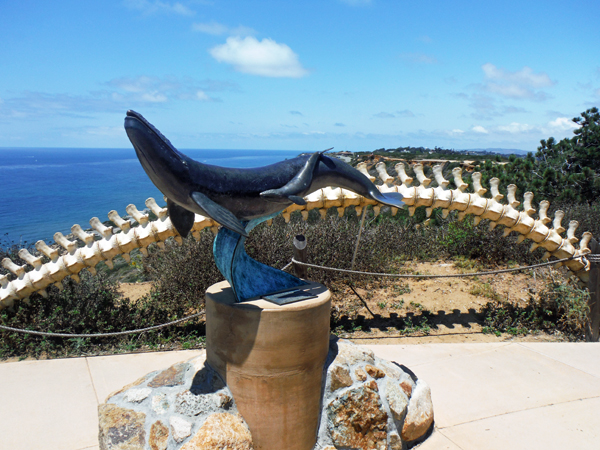 |
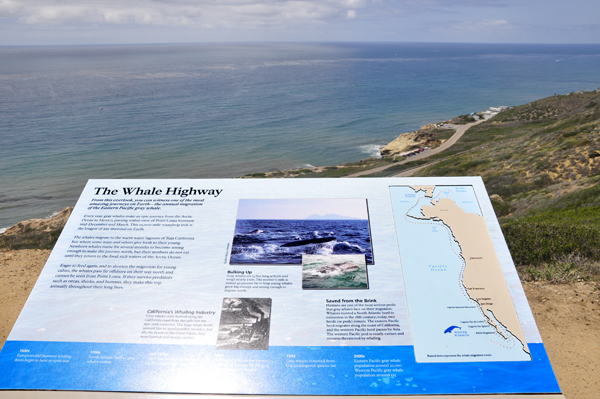 |
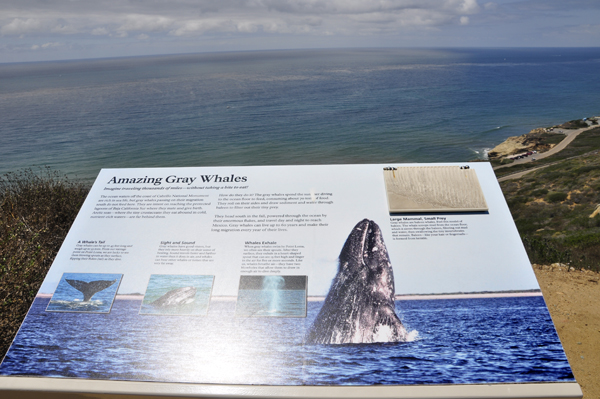 |
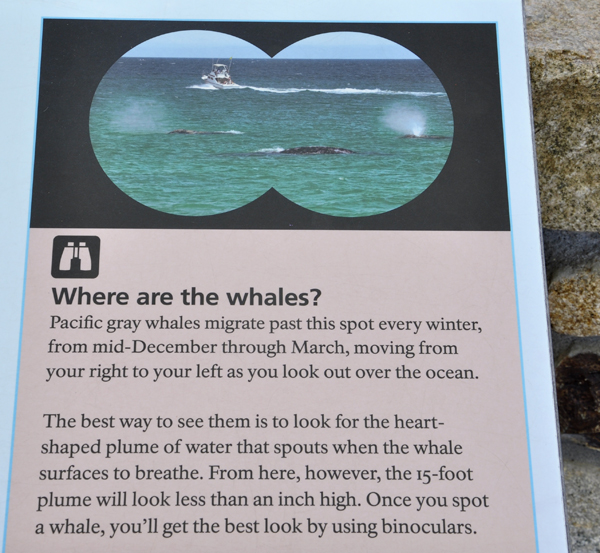 |
|
Below: The path on the south side of the overlook provided a great view of the present operating lighthouse down at the ocean's edge. |
|
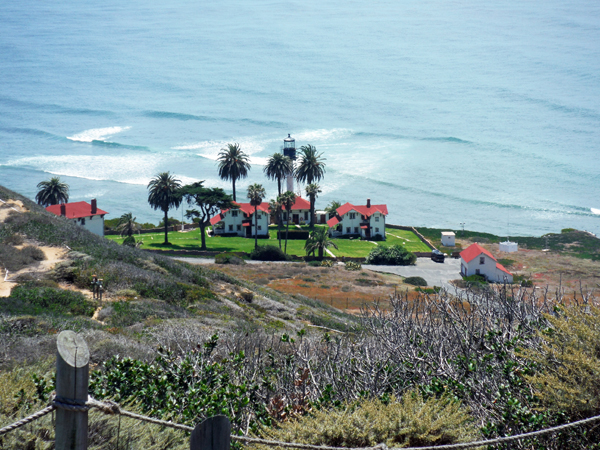 |
|
Below: Then the two RV Gypsies took a nice walk on a beautiful path back to the parking lot. |
|
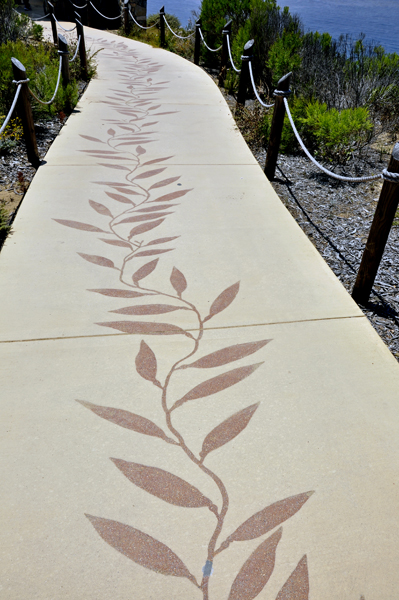 |
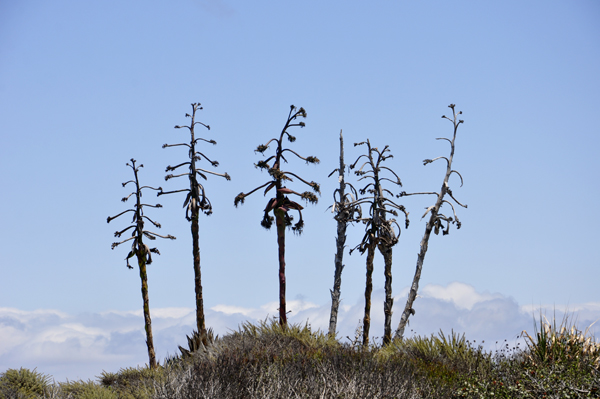 |
 |
|
 Cabrillo National Monument is located at the southern tip of the Point Loma Peninsula in San Diego, California. It commemorates the landing of Juan Rodriguez Cabrillo at San Diego Bay on September 28, 1542. This event marked the first time that a European expedition had set foot on what later became the West Coast of the United States. The site was designated as California Historical Landmark #56 in 1932. As with all historical units of the National Park Service, Cabrillo was listed on the National Register of Historic Places on October 15, 1966.
Cabrillo National Monument is located at the southern tip of the Point Loma Peninsula in San Diego, California. It commemorates the landing of Juan Rodriguez Cabrillo at San Diego Bay on September 28, 1542. This event marked the first time that a European expedition had set foot on what later became the West Coast of the United States. The site was designated as California Historical Landmark #56 in 1932. As with all historical units of the National Park Service, Cabrillo was listed on the National Register of Historic Places on October 15, 1966.